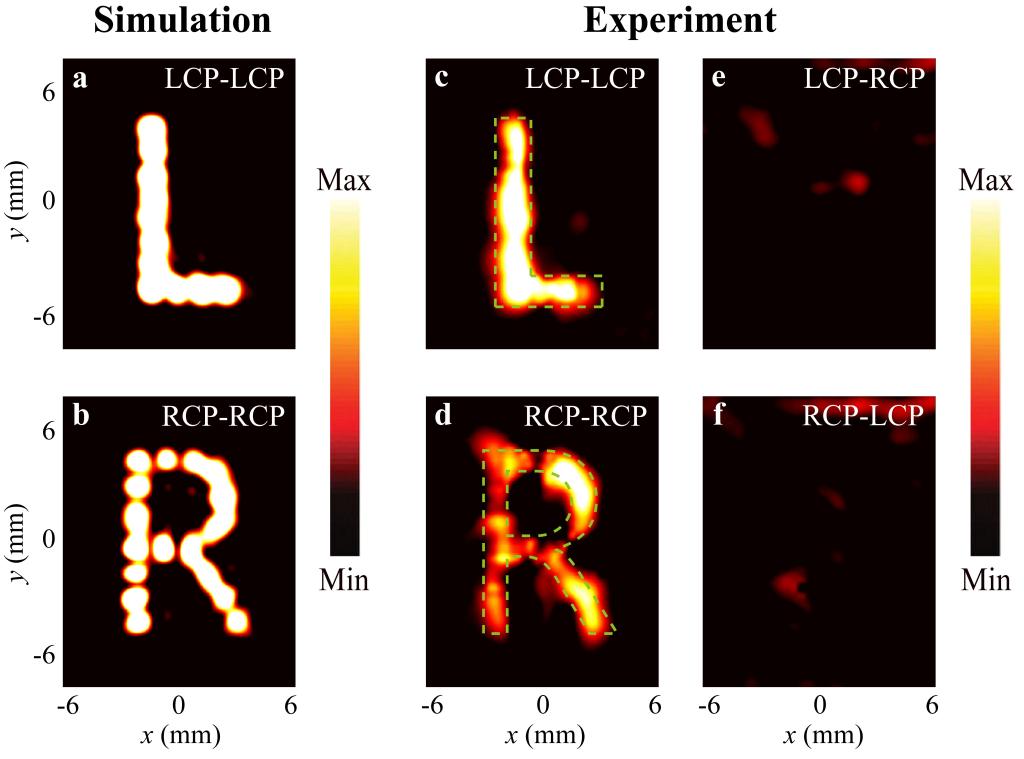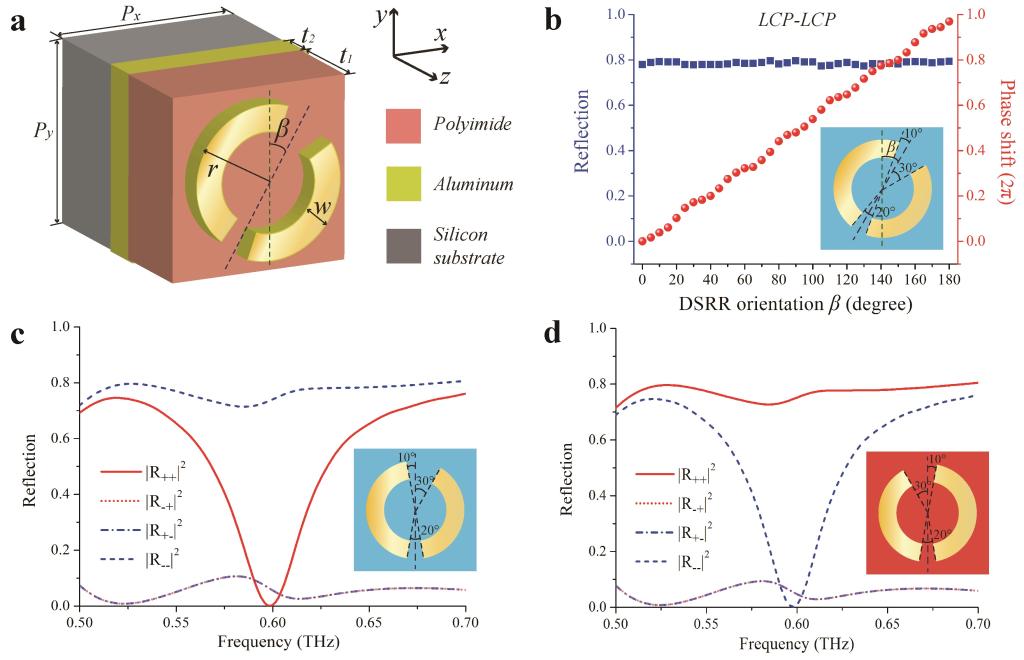Recently, the Center for Terahertz Waves at Tianjin University made a breakthrough in "super-surface-based holographic imaging technology", making reflective chiral holographic imaging a reality. This technology is at the world's leading edge.

A terahertz wave is a type of electromagnetic wave. It broadly refers to electromagnetic radiation having a frequency between 100 GHz to 10 THz. Unlike the well-known infrared and X-rays, being the least known and least developed electromagnetic bands, terahertz is called the “last gap” in the electromagnetic spectrum. The good news is that with the development of science and technology, terahertz is gradually becoming an important scientific research focus around the world. Scientists discovered that terahertz waves are highly safe and have good penetration and orientation. Given all these features, they can be applied in medical treatment, exploration and even war. Holography is high quality three-dimensional imaging technology. As a revolutionary technology, it has already been widely used in navigation of high-end cars, cultural performances, military reconnaissance and cultural relic preservation.

"Because the key to holographic imaging is to project light onto the holographic board, so we developed a 'smarter' holographic board”. According to Professor Han Jiaguang from the Center for Terahertz Waves of TJU, at present, the holographic plate used in mainstream holographic imaging technology cannot distinguish the polarization state of light, so it is difficult to achieve independent imaging. The research team at TJU found that a super-surface designed with great precision can produce a strong "chiral response" to terahertz waves. By using super-surface material, the holographic plate can recognize the polarization state of different light and memorize more information. The holographic board, in this way, was made "smarter" and independent holographic imaging became a reality, hence the improvement in the efficiency of the holographic board.
This technology is expected to provide a new way of thinking for the manipulation and utilization of electromagnetic wave polarization states and is of great significance for the potential application of holographic imaging technology in information storage and communication. The relevant research results have been published in the magazine, Nature: Light-Science and Application by Wang Qiu (first author), a Ph.D. student of the Center for Terahertz Waves at TJU.
By: Liao Shouqin
Editors: Sun Xiaofang and Ross Colquhoun






